Infection control has always been a top priority for our practice, and you may have seen this during your visits to our office. Our infection control processes are made so that when you receive care, it’s both safe and comfortable.
Our office follows infection control recommendations made by the Alberta Dental Association and College (ADA&C), Health Canada and the Canadian Centre For Occupational Health and Safety (CCOHS).
We want to tell you about the infection control procedures we follow in our practice to keep patients and staff safe.
To ensure the health and well-being of our patients and team members, we have installed 2 different types of air purifiers at our dental office. Both of these are manufactured by the Canadian company, Surgically Clean Air.
- CASCADE WHITE - The Cascade White is the first unit you will see when you enter our office. We have placed this in the waiting area because this is the largest room in our office. The Cascade White is able to filter up to 576 cubic feet per minute.
The Cascade White filter has 6 stages of filtration including UV sterilization, plus two additional negative ion chambers to ensure the air is as fresh as possible. These six filters capture 99.998% of dust particles, pollen, volatile organic chemicals (VOCs), mold, allergens, viruses, odors (like formaldehyde and smoke), bio-aerosols, laughing gas, and many other pollutants that are found in the inside air. The negative ion generator makes the indoor environment feel more pure, clean, and energized.
- JADE - The Jade filter is what you will find in each of our operatories. The Jade filters still have the same 6 stage filtering system and will move 383 cubic feet per minute. This means the Jade will filter all the air in a 10 x 10 room in about 2 minutes.
Both of these filters perform their duties without being loud, (an industry-leading low level of about 55DB) or creating a “breeze” that can be uncomfortable for our patients.
Some additional changes you may also see when it is time for your next appointment. For example:
- Our office will communicate with you beforehand to ask some screening questions. You’ll be asked those same questions again when you are in the office. We will not allow patients to enter our office who have symptoms or have traveled outside of Canada in the last 2 weeks.
- We have hand sanitizer that we will ask you to use when you enter the office. You will also find some in the reception area and other places in the office for you to use as needed.
- You may see that our waiting room will no longer offer magazines, children’s toys and so forth, since those items are difficult to clean and disinfect.
- In the interest of physical distancing, we are advising all adult patients to attend the office alone to prevent crowding.
- Appointments will be managed to allow for social distancing between patients. That might mean that you’re offered fewer options for scheduling your appointment.
- We will do our best to allow greater time between patients to reduce waiting times for you, as well as to reduce the number of patients in the reception area at any one time.
- For our safety and yours, we currently cannot accept walk-ins.
We look forward to seeing you again and are happy to answer any questions you may have about the steps we take to keep you, and every patient, safe in our practice. To make an appointment, please call our office at (403) 382‑2273.
So come on in to get your dental work done and enjoy Surgically Clean Air!

Dental Crowns & Bridges
When to Consider Dental Crowns
A dental crown caps or covers a decayed or damaged tooth and is a viable option when a filling isn’t a sufficient repair. Crowns can be shaped and colour-matched to your natural teeth.
Here at Cool Dental, Dr. Lachman evaluates your condition and discusses possible tooth replacement options. A dental crown may be considered to:
- Restore a weak tooth
- Fix a cracked or worn tooth
- Replace or supporting large fillings
- Correct bite issues
- Improve the shape of teeth
Types of Dental Crowns
If your dentist in Lethbridge recommends a crown, you may be wondering what type is most suitable for your case. Here are the types of crowns used in dentistry:
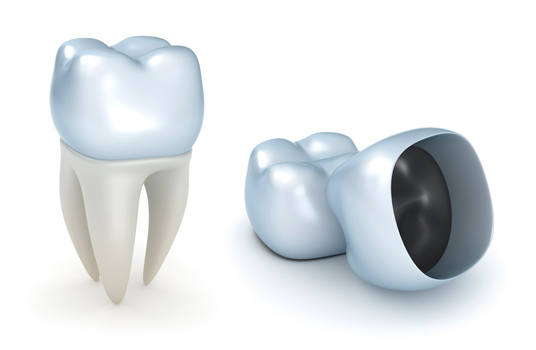
- Gold crowns. Gold crowns are a mixture of copper and other metals. They’re strong, durable, and highly-resistant, making them ideal for back teeth or those used for chewing. They wear slowly and can last for a long time provided they’re taken care of well. The downside to gold crowns is their appearance. Some people may also be allergic to metals.
- All-ceramic or porcelain crowns. Ceramic and porcelain crowns are non-metal dental crowns. Their main advantage is their natural-looking appearance. This makes them an ideal replacement option for the front teeth. They’re toxin-free since they don't contain metals. And they respond to temperature changes the same way natural teeth do. The disadvantage is they’re not as durable as gold crowns. But they can also last a long time with proper care. Ceramic or porcelain crowns can also be more costly than other types of crowns.
- Porcelain Fused-to-Metal (PFM) crowns. PFM crowns are widely used as they offer the strength of metal crowns and the visual appeal of ceramic or porcelain crowns. They’re highly durable and are cheaper than all-ceramic or porcelain crowns. However, the metal part of the crown may stain the gumline. They may also not be suitable for people who clench or grind their teeth.

Are You In Pain?
Contact us if you have a dental emergency!
What to Expect When Getting a Dental Crown
Getting a dental crown usually requires two visits. Here are the steps involved:

- Your dentist will examine and prepare the tooth and take X-rays on your first visit.
- If there's decay or high risk of infection, your dentist may recommend getting a root canal treatment first.
- Your tooth will be filed to fit the crown. The amount of filing needed depends on the type of crown you'll receive.
- Impressions will be taken for the dental laboratory.
- You’ll be given a temporary crown to protect the prepared tooth.
- On your second visit, the temporary crown will be replaced by the permanent crown.
- Your dentist will ensure a proper fit before cementing the permanent crown in place.
About Dental Bridges
Similar to an actual bridge on the road, a dental bridge closes the gap between two teeth. These two teeth, called the abutment, are filed down to prepare for the crowns and the new bridge. Next, tooth impressions are taken. While the final bridges are being prepared, a temporary bridge will be placed on the area. Once the bridge is ready, the temporary one will be removed and the fixed bridge will be cemented in place.
Benefits of Dental Bridges
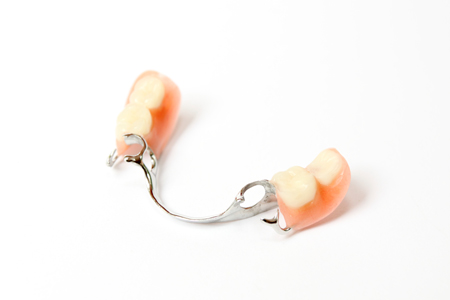
- Versatile tooth replacement option that's suitable for a wide range of patients
- Lasts long with proper care
- Keeps your smile looking natural
- Preserves the shape of your face
- Avoids remaining teeth from shifting out of place
- Restores your ability to eat and speak with confidence
- Helps improve oral health
- Encourages you to smile more often
How to Care for Your Dental Bridge
- Brush and floss your teeth properly to minimize the risk of tooth decay.
- Pay attention to the bridge area when cleaning your teeth.
- Schedule regular dental cleanings and check-ups.
- Maintain a nutritious diet.
It’s important to care for your oral health as the teeth supporting the dental bridge may get damaged and cause the latter to fall off.
Which is Right for Me: Crowns or Bridges?
Dental crowns and bridges both have pros and cons, and the right option varies by patient.
We encourage you to book an appointment with our Lethbridge dentist, Dr. Lachman, to better understand the condition of your oral health and determine the ideal tooth replacement option.
Call our dental team today at (403) 382-2273 and our friendly staff will help you find a convenient appointment.
SMILES TRANSFORMED
From dental implants to dentures,
see some successful cases by Dr. Karstan Lachman
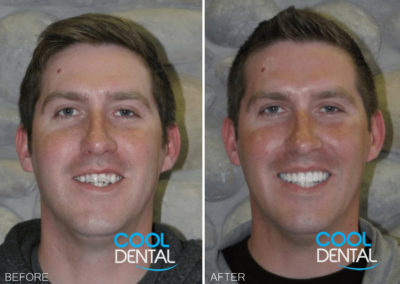
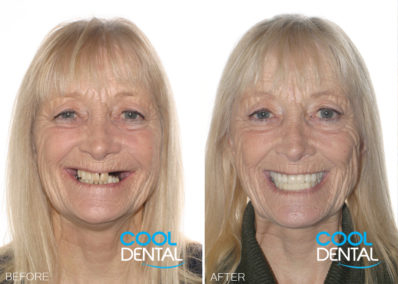
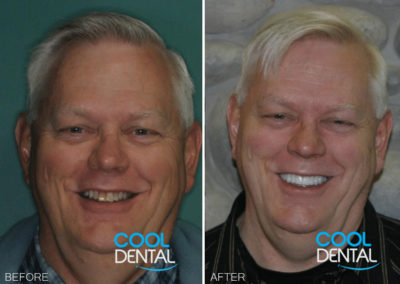
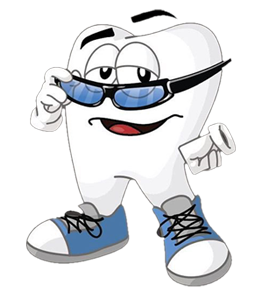
More Before & Afters
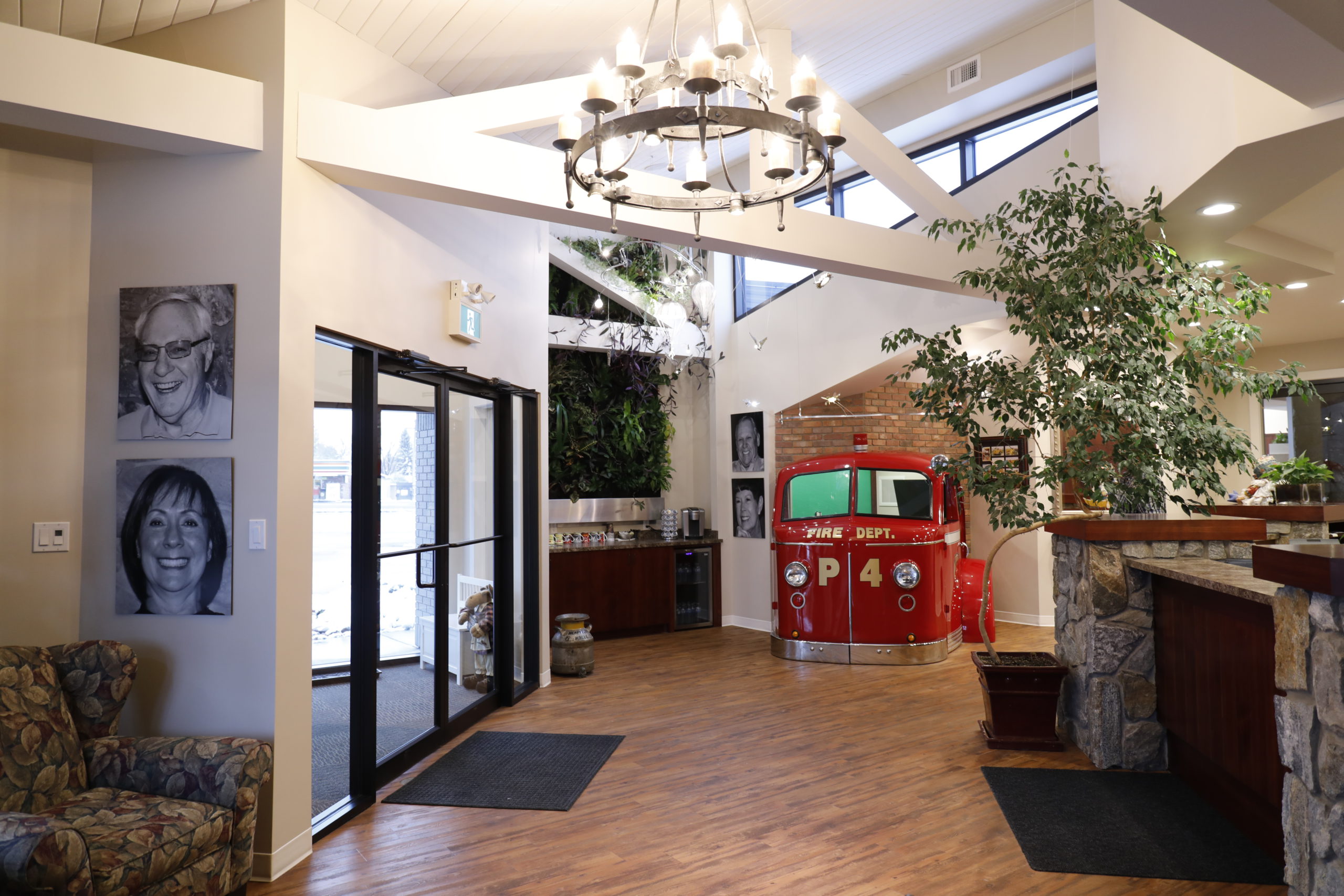
Are you ready for a new dental experience?
Copyright 2025 Cool Dental and Dental Growth Strategies | All Rights Reserved | Powered by DGS
